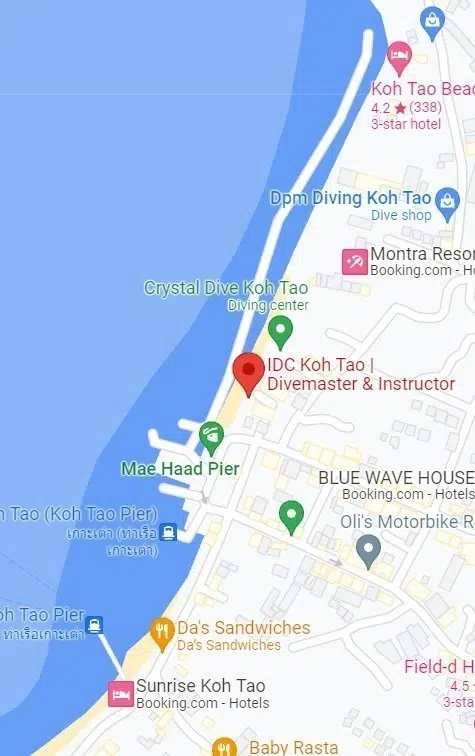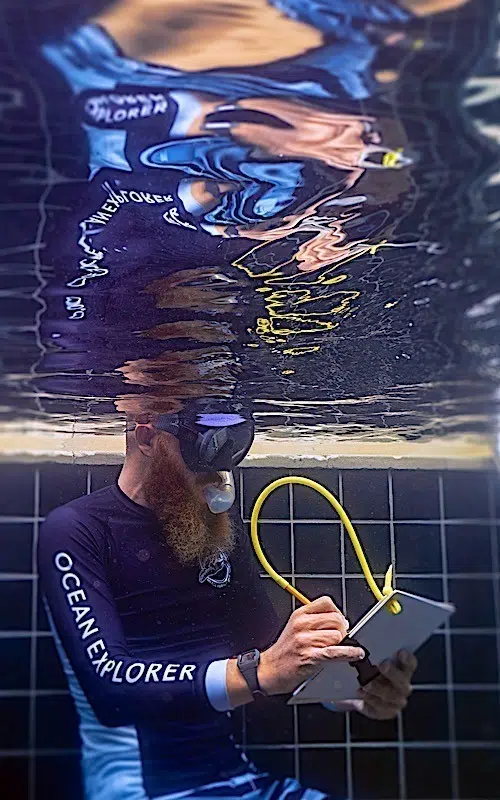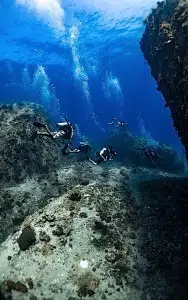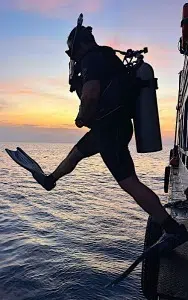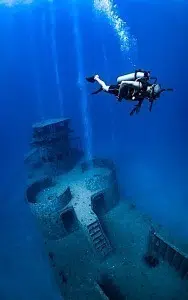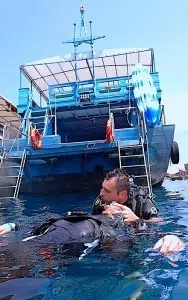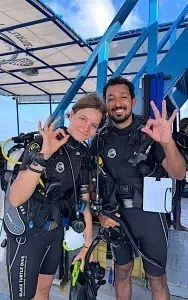 28.66 C
28.66 C
Thu, Nov 21, 2024
- About us
- PADI Diving Courses
- PADI Diving Courses
- Beginner courses
- Discover Scuba Diving
- Scuba Diver
- Open Water Course
- Advanced courses
- Adventure Diver
- Advanced Open Water Course
- Rescue Diver Course
- Beginner courses
- Specialty courses
- Deep Diver Specialty
- Digital Underwater Photographer
- Diver Propulsion Vehicle Diver
- Enriched Air Diver
- Equipment Specialist
- Fish Identification Diver
- Night Diver Specialty
- Peak Performance Buoyancy
- PADI Diving Courses
- Search & Recovery Diver
- Self-Reliant Diver
- Sidemount Diver
- Underwater Navigator
- Wreck Diver Course
- Pro Level Courses
- Instructor Specialty courses
- PADI Diving Courses
- Scuba Diving Internships
- Scuba Diving Internships
- FIRST AID COURSES
- First Aid Courses
- Divemaster Videos
- PADI Diving Courses
- Fun Diving
- Conservation
- Study Hub
- Contact
- +66 (0) 89 062 6563
- [email protected]











